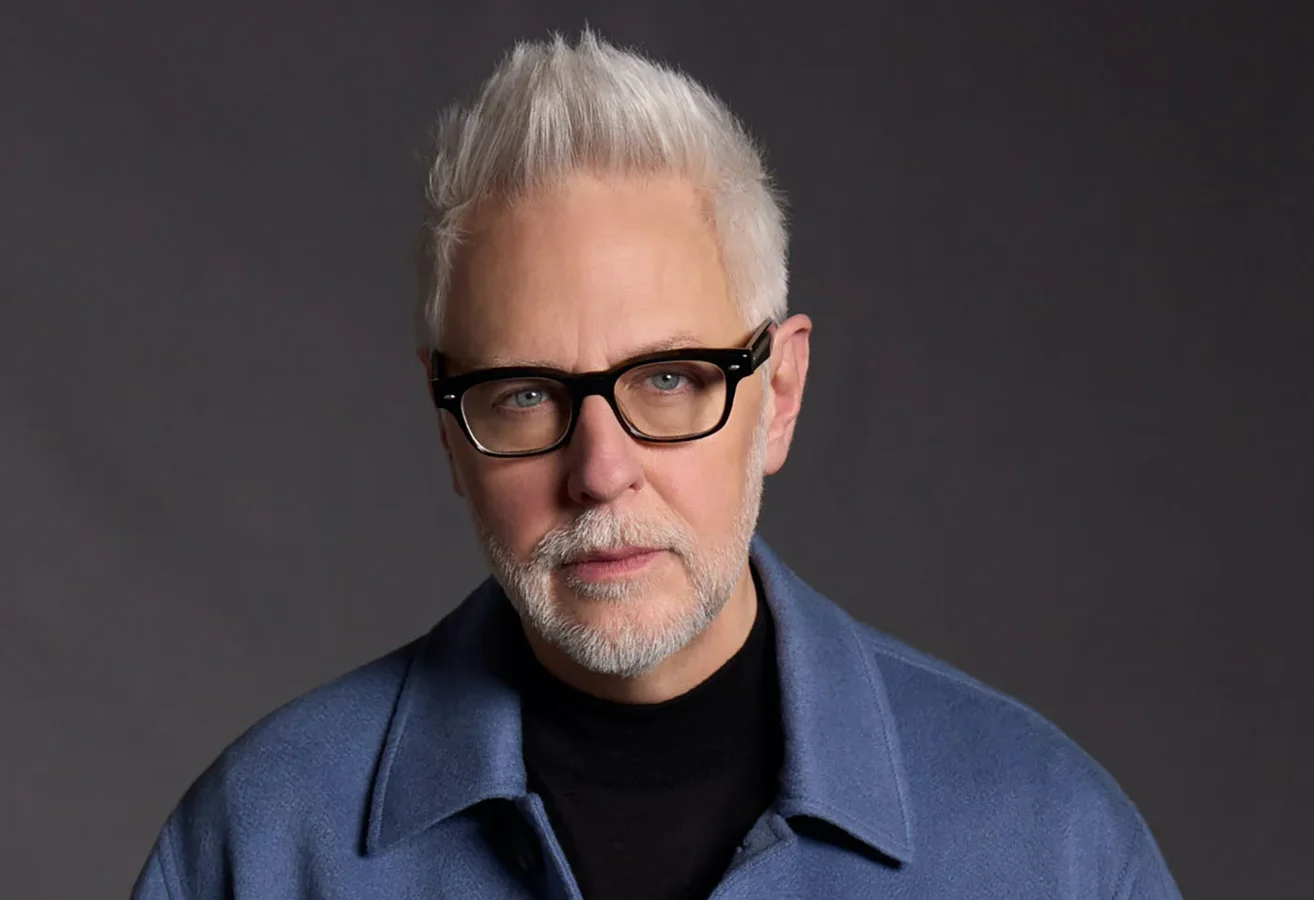Though the current DC Universe (DCU) has only officially released three projects, James Gunn has already reshaped several comic book characters in striking new ways. From last year’s animated series Creature Commandos to this year’s Superman film and the critically acclaimed second season of Peacemaker, the DCU is rapidly expanding. These James Gunn DCU characters often surpass previous incarnations, offering fresh interpretations that deeply impact fans and narratives alike.
Initial Appearances and Fan Reception
While some key icons, such as Batman, have appeared only briefly, limiting immediate evaluation, principal characters like Superman, Lois Lane, and Lex Luthor carry decades of diverse portrayals. Though Gunn’s take on these staples has been praised, debates about their definitive versions continue. However, four particular characters have been unmistakably transformed, with the DCU either enhancing their essence or completely reinventing them to better fit the evolving storylines and tone set by Gunn and his collaborators.
4. Eric Frankenstein: A Tragic, Complex Reimagining
Eric Frankenstein in DC Comics traditionally appears as a stoic, battle-hardened supernatural warrior, notably depicted in Grant Morrison and Doug Mahnke’s Seven Soldiers and later in Frankenstein, Agent of SHADE. This version fits a classic, archetypal mold without much emotional depth. In contrast, the DCU’s Eric Frankenstein, voiced by David Harbour in Creature Commandos, emerges as a character rich in flawed humanity and dark humor.

This iteration explores toxic masculinity and immaturity, showing Eric as socially awkward and obsessive, especially in his fixation on The Bride. His love is unrequited despite decades of conflict, portrayed through poetic but skewed reflections. This fresh take not only diverges sharply from the traditional comic portrayal but also redefines the Frankenstein mythos with a nuanced, tragic dimension that challenges audiences to reassess the character’s role in fiction.
3. Jimmy Olsen: From Forgotten to Unforgettable
Historically, Jimmy Olsen has been a dependable sidekick and friend to Superman, often portrayed as a skilled, energetic reporter with a close bond to Clark Kent. Yet, adaptations have varied, sometimes diminishing his presence or character depth. James Gunn’s Superman reinvents Jimmy Olsen, brought to life by Skyler Gisondo, who imbues the character with charisma and sharp humor.
This Jimmy retains classic traits—his reporter’s acumen, stylish flair, and close ties to Clark and Lois—but gains layers with a subtle romantic subplot rarely explored before. Gisondo’s performance shines through remarkable comic timing, creating a vivid presence that resonates on-screen and strengthens the DCU’s dynamic. This version revitalizes Jimmy Olsen’s legacy, positioning him as an essential and memorable figure in this cinematic universe.
2. Adrian Chase/Vigilante: From Guilt-Ridden to Remorseless
Adrian Chase in the comics was known as a Vigilante who grappled with guilt over his violent actions, typically targeting criminals who slipped through legal loopholes. He often pondered the morality of his vigilante justice. James Gunn’s adaptation takes a starkly different approach. In the DCU’s Peacemaker series, Freddie Stroma portrays Adrian Chase as an unrepentant sociopath, combining charm with reckless bravado.
Unlike his comic book counterpart, this Vigilante lacks remorse and embraces his violent tendencies unabashedly. His lunatic persona and grandiose behavior serve as a source of humor and parody, subverting expectations about vigilante justice. This radical shift provides playful yet intense commentary on crime-fighting archetypes, offering a unique and politically incorrect lens that enriches Peacemaker’s story and broader DCU themes.
1. Nina Mazursky: Deepening Identity and Impact
Nina Mazursky’s role in the comics was mostly functional, filling the Creature From the Black Lagoon slot in the Frankenstein, Agent of SHADE team, alongside classic monsters like vampires, mummies, and werewolves. Her backstory, though intriguing, often felt secondary and generic. The DCU reinvents Nina in Creature Commandos, granting her a fully developed tragic origin and a more profound emotional core.
In this new portrayal, Nina’s amphibious mutation is not self-inflicted as in the comics but the result of her father’s actions, offering a clear, compelling reason for her transformation. Her gentle nature allows her to forge meaningful bonds with teammates despite their conflicting personalities. Tragically, Nina’s death at the hands of Princess Rostovic becomes a significant turning point, triggering The Bride’s decisive actions and dramatically altering the series’ course. This expanded narrative gives Nina a lasting legacy within the DCU and elevates her beyond a mere archetype to a pivotal character.
The Significance of These Radical Transformations
James Gunn’s DCU is not simply rehashing well-known characters but deliberately reshaping them to fit a darker, more intricate storytelling landscape. By infusing these characters with complex motivations, flawed humanity, and unexpected traits, the DCU challenges and often expands audience expectations. This has contributed to the momentum and critical acclaim for the early DCU projects, signaling that the universe’s ongoing development will continue to push boundaries.
As more characters receive this intense reimagining treatment, it is likely that fans will witness an even broader diversity of personalities and story arcs. This could redefine what it means to be a hero or anti-hero in the superhero genre, keeping the DCU fresh and unpredictable as it grows. The impact of James Gunn DCU characters already transformed beyond recognition underlines a bold creative direction that invests in character depth over conventional portrayals, with promising implications for future films and series.
